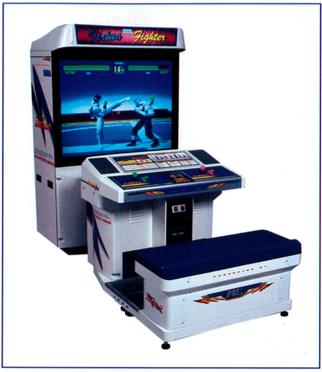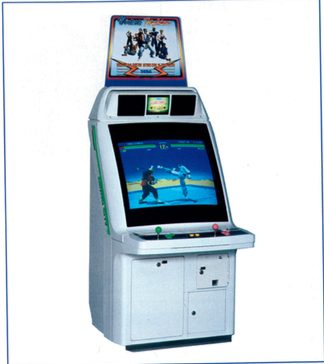The CFP for the next Replaying Japan conference is out. This time, the event will be held at the Strong Museum of Play in Rochester (USA), and will be themed around the concept of “Transmedia and Story in Japanese Games”. Here is the call for paper, which you can also find at the official conference webpage.
If you are interested in Japanese video game studies and you are based in North America, please consider sending an abstract (in either English or Japanese).
____________
Replaying Japan 2017: 5th International Japan Game Studies Conference
“Transmedia and Story in Japanese Games”
The 5th International Conference on Japan Game Studies will be held at The Strong National Museum of Play, Rochester, USA, from August 21 to 23 2017.
Proposals in Japanese are most welcome! <日本語での発表要旨も受け付けます。>
This conference, co-hosted by The Strong and Rochester Institute of Technology’s School of Interactive Games and Media and MAGIC Center, is organized in collaboration with the Institute of East Asian Studies at Leipzig University, the Ritsumeikan Center for Game Studies, the University of Alberta and DiGRA Japan. This conference, the fifth collaboratively organized event, focuses broadly on Japanese game culture, education, and industry. It aims to bring together a wide range of researchers and creators from many different countries to present and exchange their work.
The main theme of the conference this year will be Transmedia and Story in Japanese Games.
We invite researchers and students to submit paper proposals related to this theme. We also invite papers on other topics relating to games, game culture, education, and the Japanese game industry from the perspectives of humanities, social sciences, business, or education. We also encourage poster/demonstration proposals of games or interactive projects related to these themes. For previous approaches related to these topics, see the 2016 program:http://home.uni-leipzig.de/jgames/replayingjapan2016/program/.
Please send anonymized abstracts of no more than 500 words in English or Japanese via email to <replayingjapan@gmail.com> before January 15, 2017. Figures, tables and references, which do not count towards the 500 words, may be included on a second page. The following information should be in the accompanying email message:
Type of submission (poster/demonstration or paper):
Title of submission:
Name of author(s):
Affiliation(s):
Address(es):
Email address(es):
Notification of acceptance will be sent out by March 3, 2017.
While the language of this conference will be English, limited communication assistance will be available for those who cannot present in English.
For more information about Replaying Japan 2017, visit the conference home page (replaying.jp) or write to replayingjapan@gmail.com.









